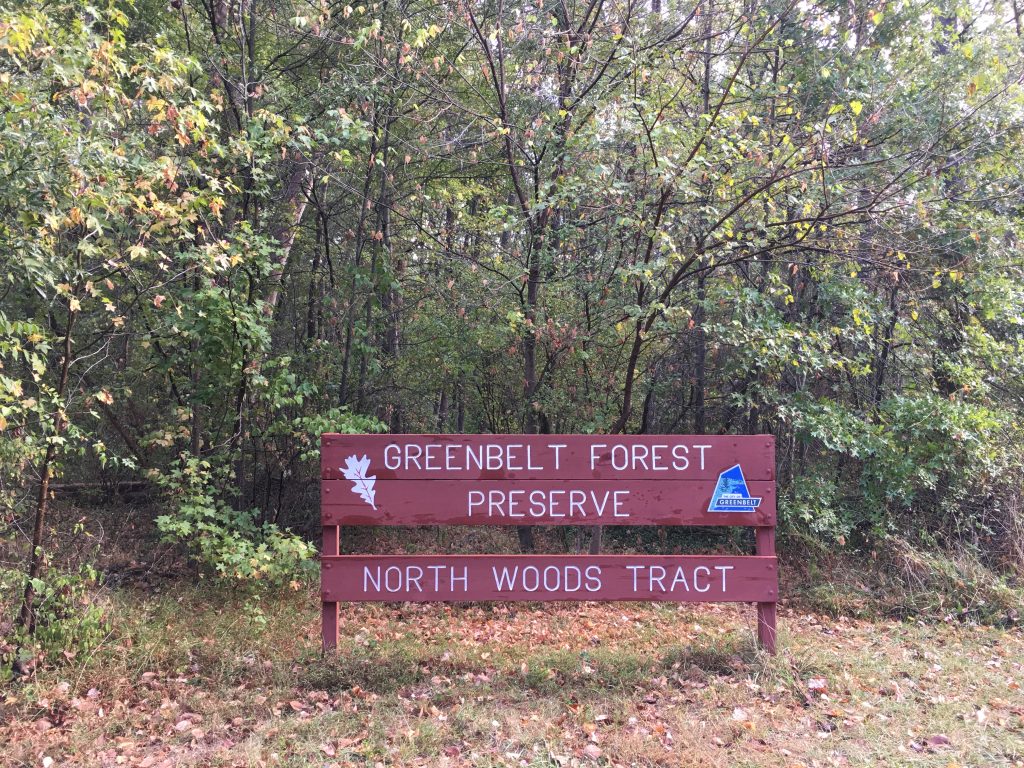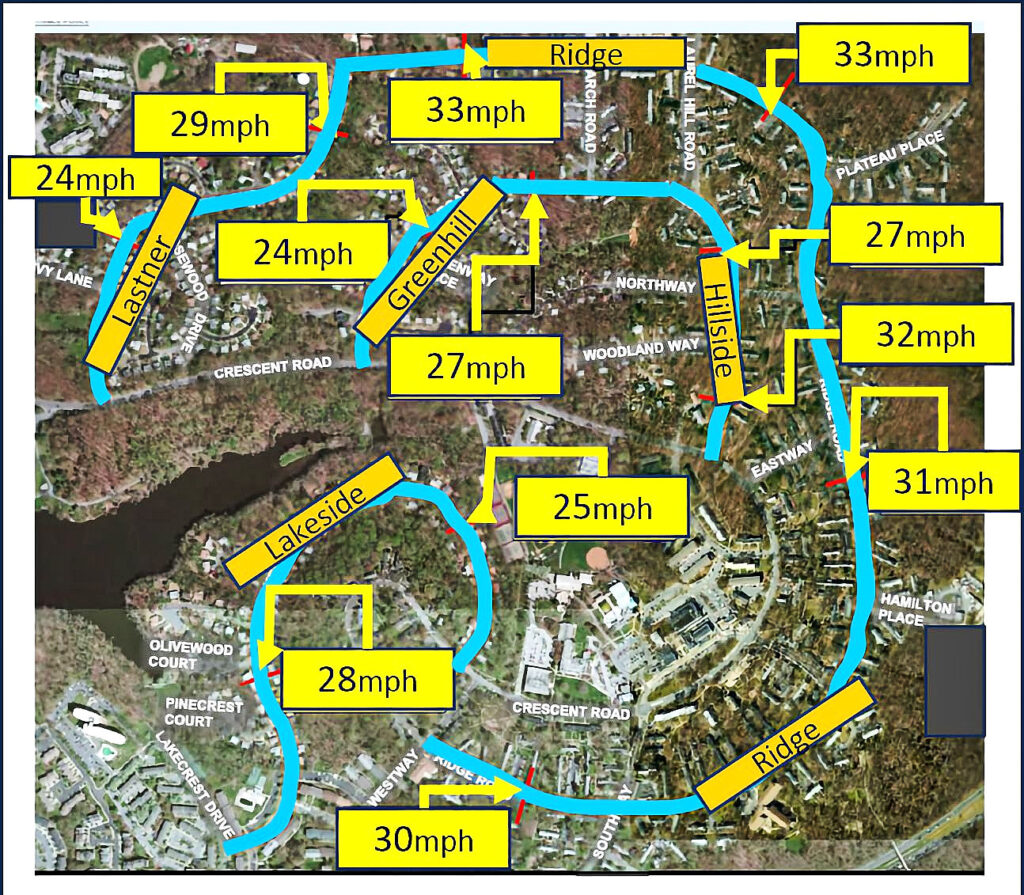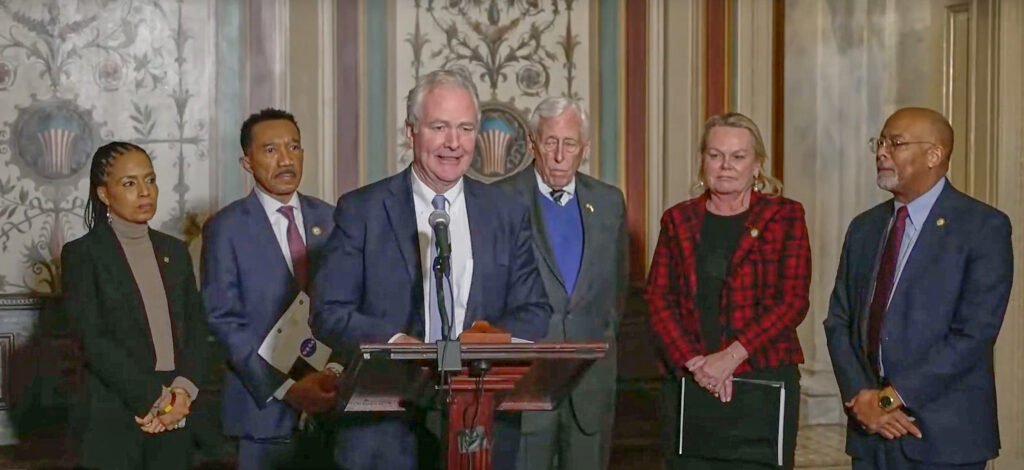On Wednesday, September 25, representatives of the Forest Preserve Advisory Board (FPAB) shared edits to the portion of the City Code that spells out the Forest Preserve Code, Stewardship Guidelines and Health Assessment at a worksession of the Greenbelt City Council. In general, council’s reaction was that the revisions were very helpful, achieving greater conciseness and clarity and being more comprehensive, providing additional information and detailed protocols. The council applauded their efforts toward what Mayor Emmett Jordan characterized as a living document that continues to be a work in progress.
Legislated by the city in October 2003, the Forest Preserve (FP) comprises 254.8 acres over five tracts. According to their new guidelines, the FP is land “protected and conserved in their existing natural state, for the use and enjoyment of present and future generations, providing a link between residents of the city and nature.”
In May 2007, the city established the FPAB to provide advisory guidance to council on the formulation of policy related to the stewardship of the FP, the designation of FP areas, and any other matters including health and condition of the FP and educational, interpretive and maintenance programs, according to Section 12-143 of the revised City Code.
FPAB member Donna Hoffmeister began the meeting by laying out the modifications that have been made to the City Code. A major point was the use of the word stewardship in place of maintenance, as the former reflects a more active approach for protecting and conserving this dynamic ecosystem, according to the 2019 Guidelines. These guidelines are cited as a definitive resource in regards to issues and procedures.
Councilmember Rodney Roberts had misgivings about Section 12-156 (d) which allows a state or federal agency to supersede the city in construction matters. Councilmember Judith Davis agreed but suggested reviewing the initial code for a possible legal reason for the language.
FPAB members Hoffmeister, Damian Ossi and Public Works Environmental Coordinator and group liaison, Jason Martin, credited A. Morton Thomas and Associates (AMT) for their input in clarifying and providing consistency to the revision. Hired by the city in June 2015, AMT has performed a consulting role for the FPAB in terms of the long- and short-term health of the FP, said Hoffmeister. Yet, there was disappointment over their failure to produce GPS coordinates of proposed problem areas after a recent leadership change, as well as disagreement about data related to tree species found in the FP.
The first set of FP guidelines were written in 2007. The new codes are the work of three years and were finally completed in 2019. They were renamed Stewardship Guidelines to reflect a new philosophy of forest management. AMT provided consultation, with the majority of the work credited to the existing FPAB.
Sections of the old guidelines were removed or renamed, with other portions completely new. The present document is detailed and multifaceted, including: a history and overview of the FP and its tracts, ecosystem health, trails, invasive species, disturbances, wetlands, clean-up, enforcement and special events, specially managed areas, as well as a glossary of terms and an appendix of Ordinance No. 1279 related to the FP. It presents maps, assessments, descriptions and procedures.
Much discussion centered upon the distinction between the FP and the public parks. While the FP is intended for enjoyment by the public, its primary purpose is to create and sustain a vital and healthy ecosystem.
According to the Guidelines, trails will be officially designated and maintained to protect the health of the preserve, to be laid out in a forthcoming Master Trails Plan. Much was said about the issue of new trails being made by hikers, often due to obstacles, with mixed results for the environment, according to the Guidelines.
Activities prohibited in the preserve include: hunting, fishing, biking, dumping, poaching, clearing or pruning, camping and using fire. Many of these are considered civil infractions with a $1,000 fine in some cases, while others are considered misdemeanors. Council and the forest board encouraged the public to report violations to the Greenbelt Police.
Input from the worksession, as well as from the Park and Recreation Advisory Board and the Advisory Committee on Trees will be integrated into both the Code and the Stewardship Guidelines. The revised Code will be presented and then later voted upon by the council. A public hearing, probably in November will be convened to consider the ratification of the Guidelines.
Regarding the Guidelines, Martin asserted that they “are options, not mandates. It is a toolkit for the future.”




